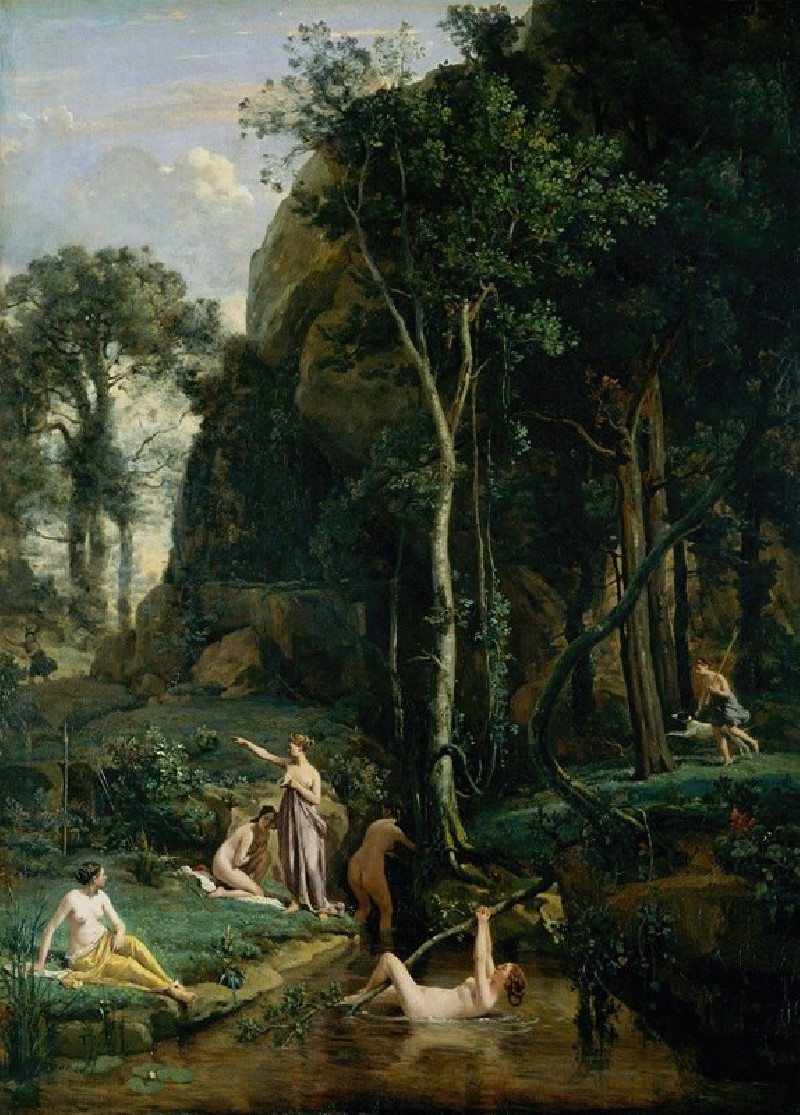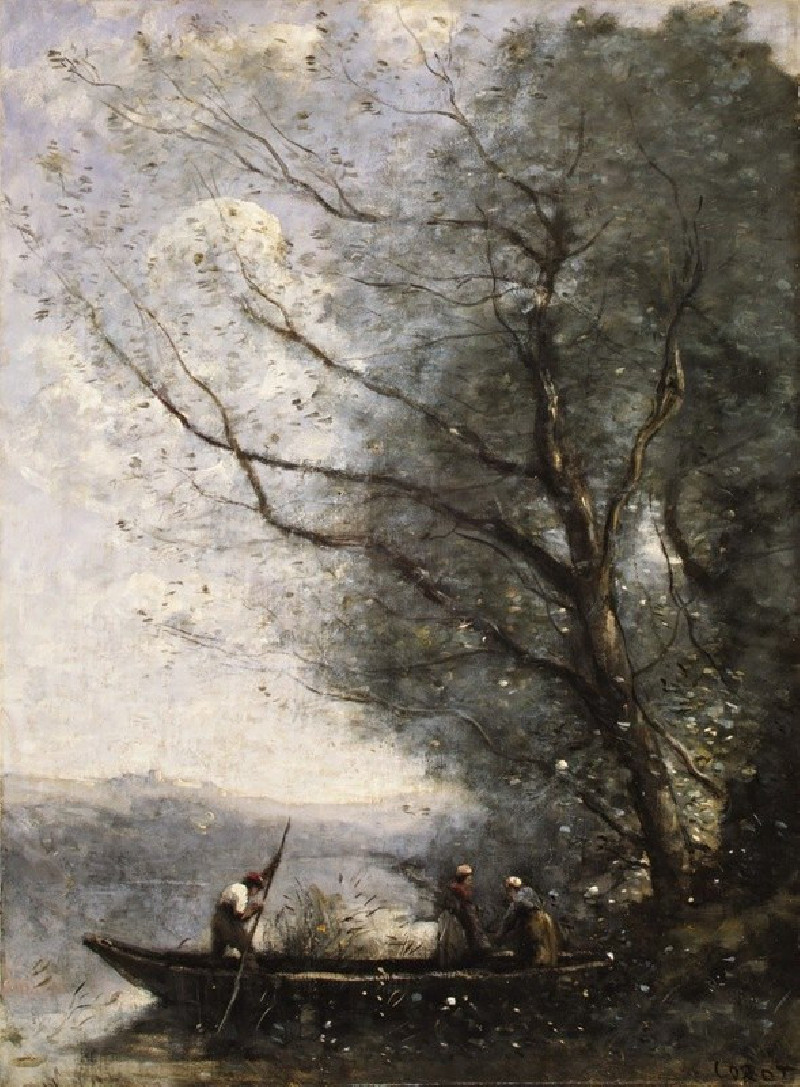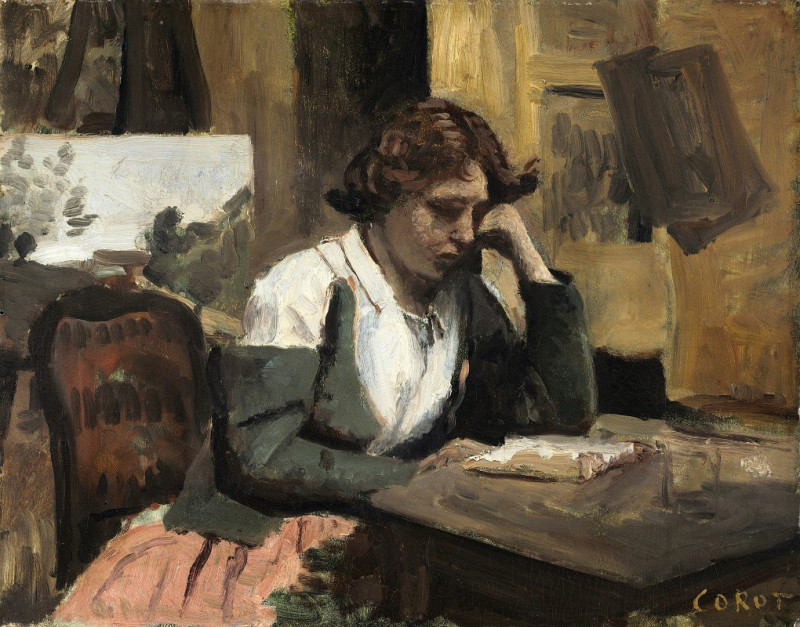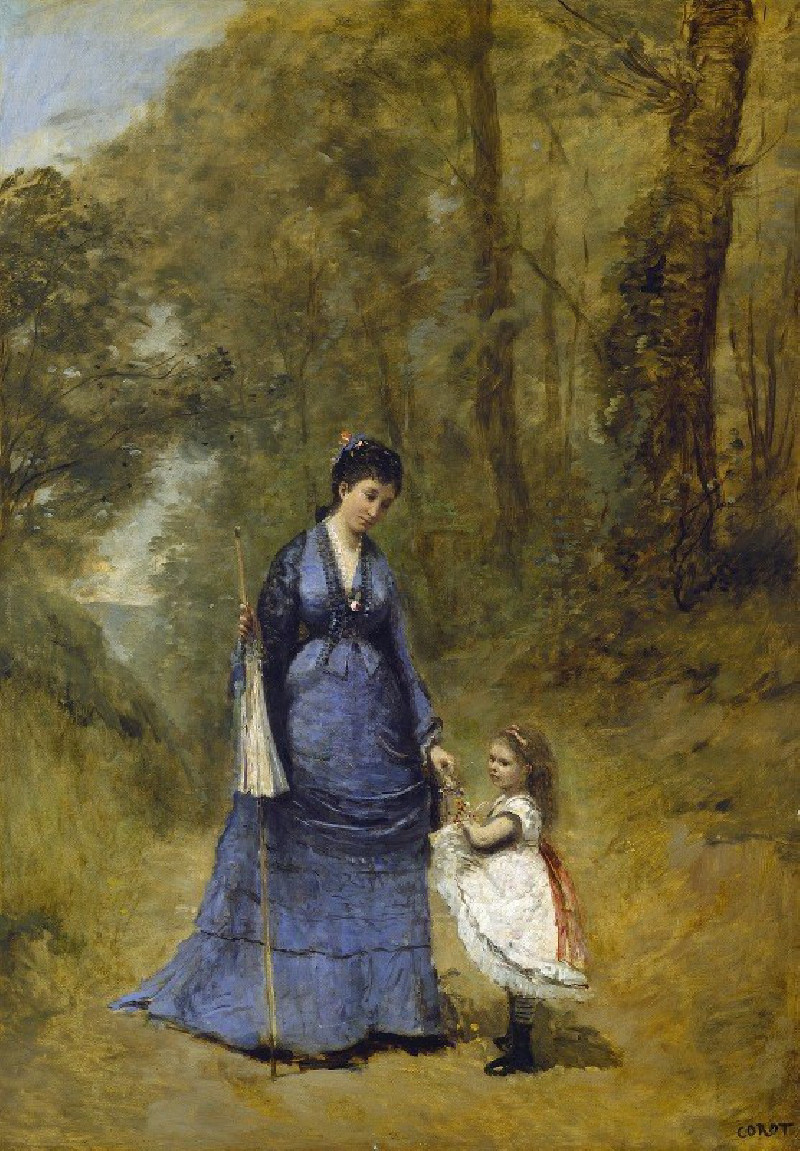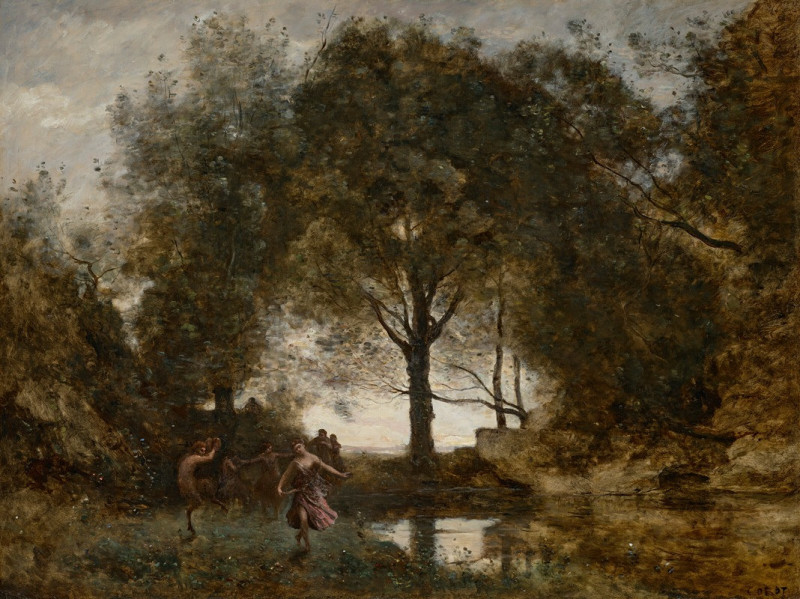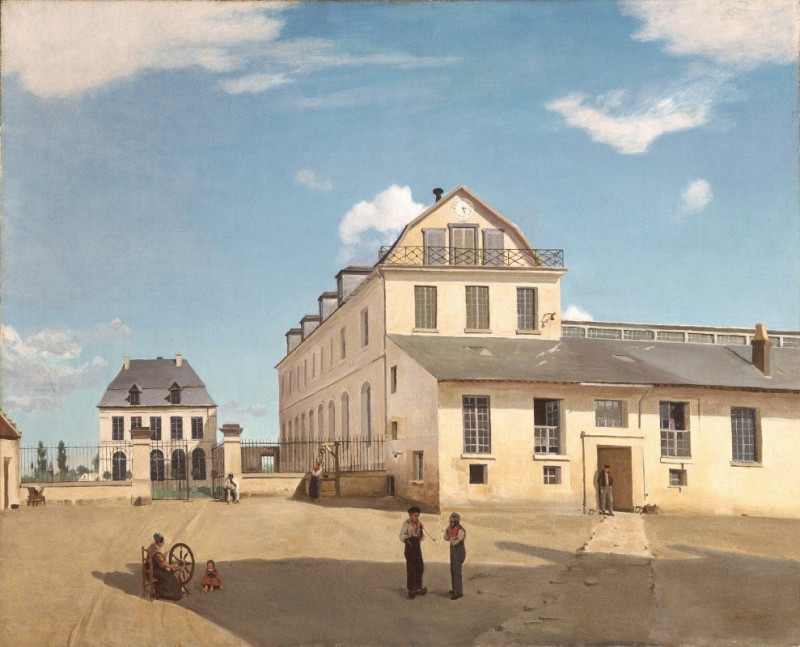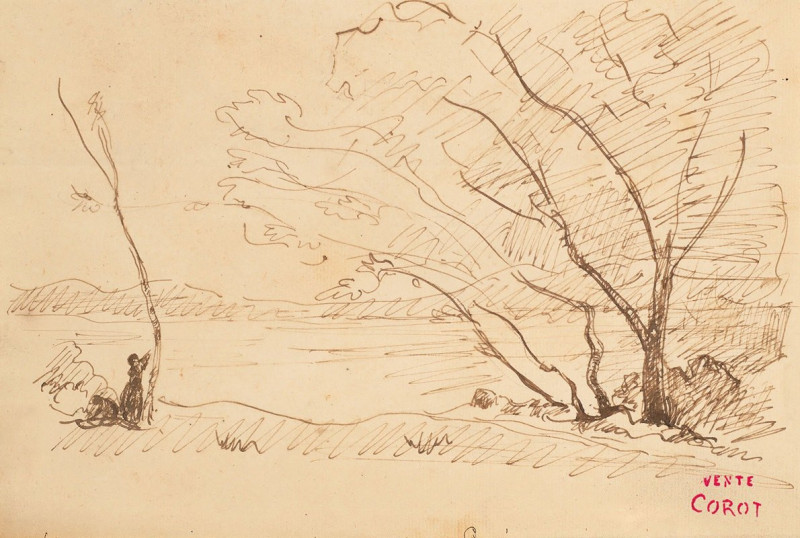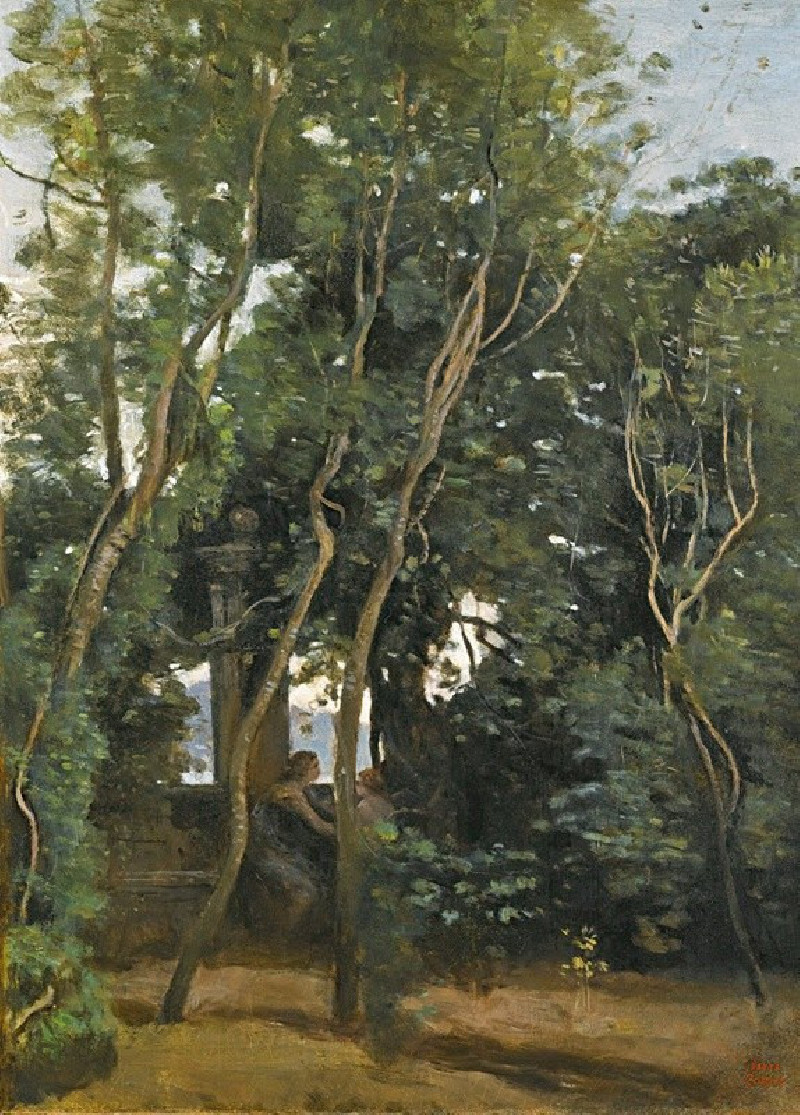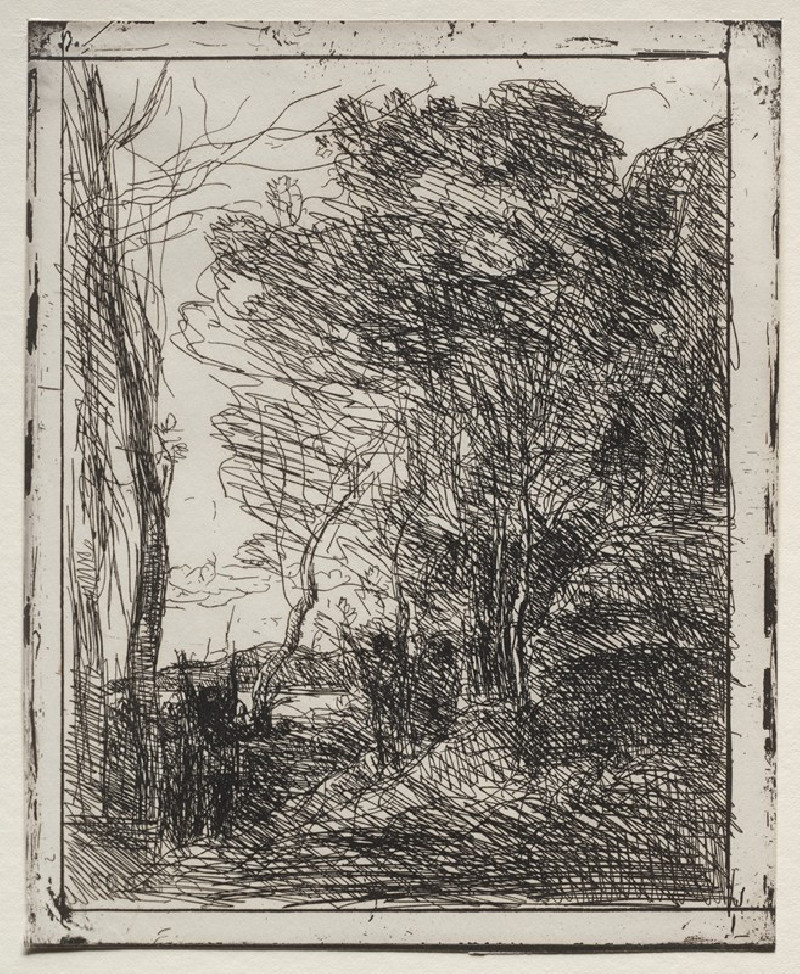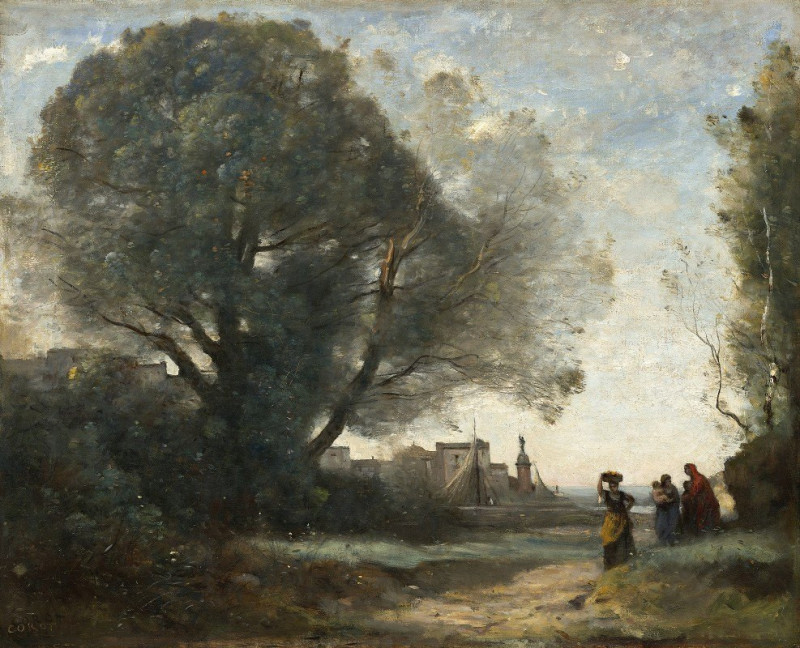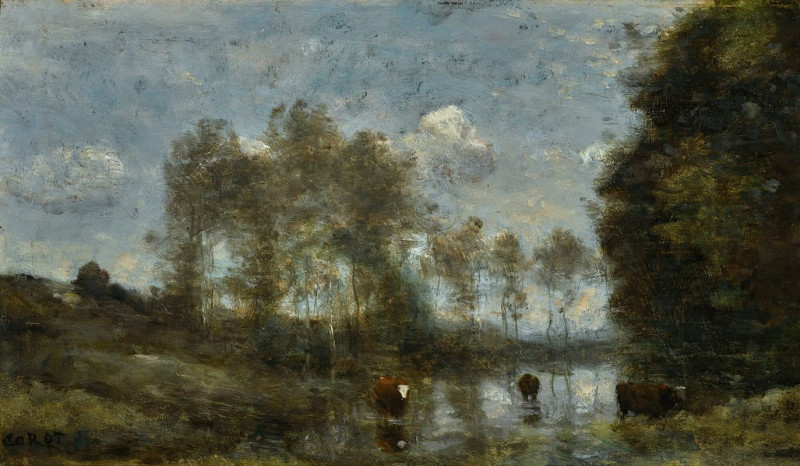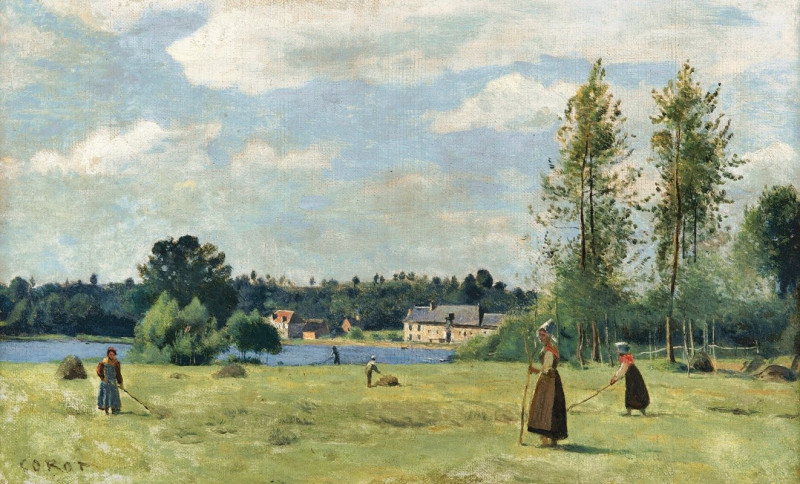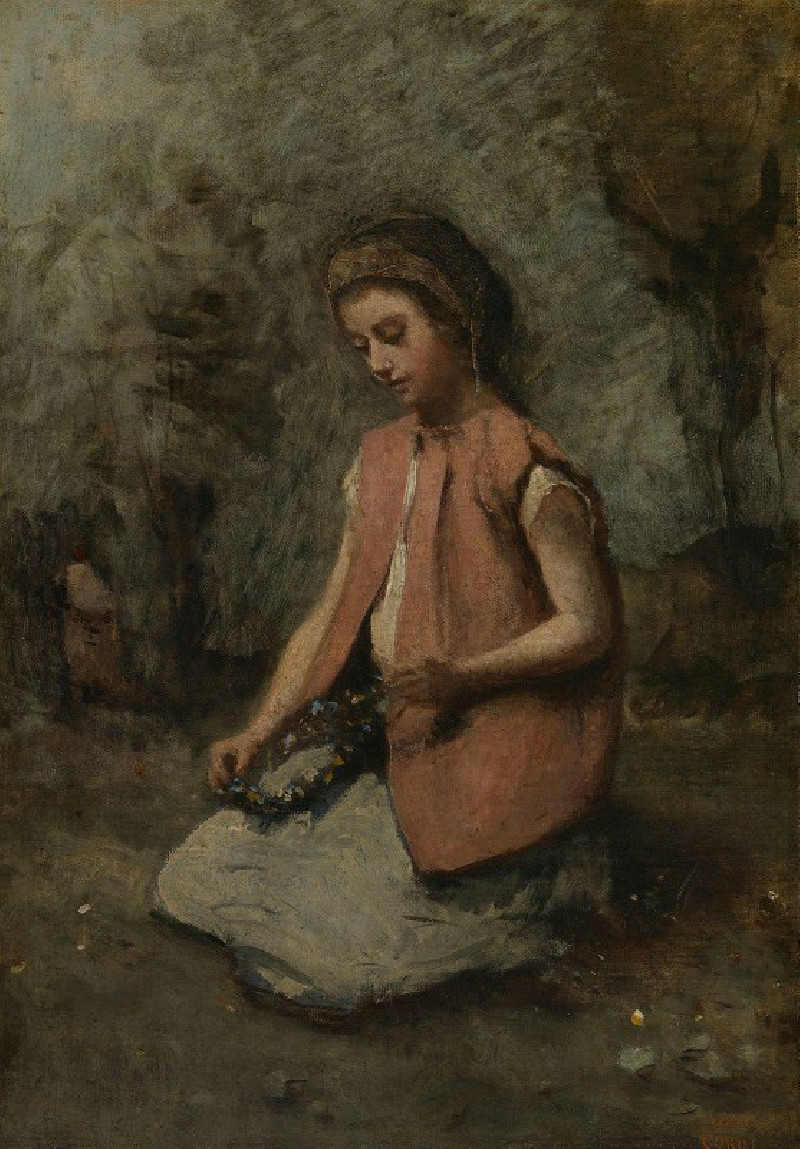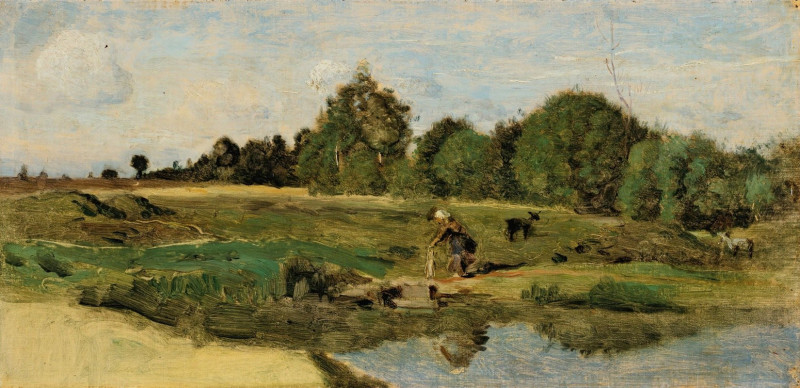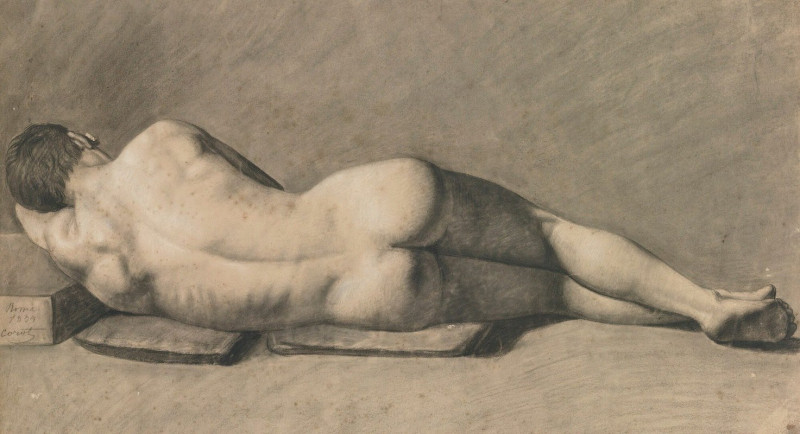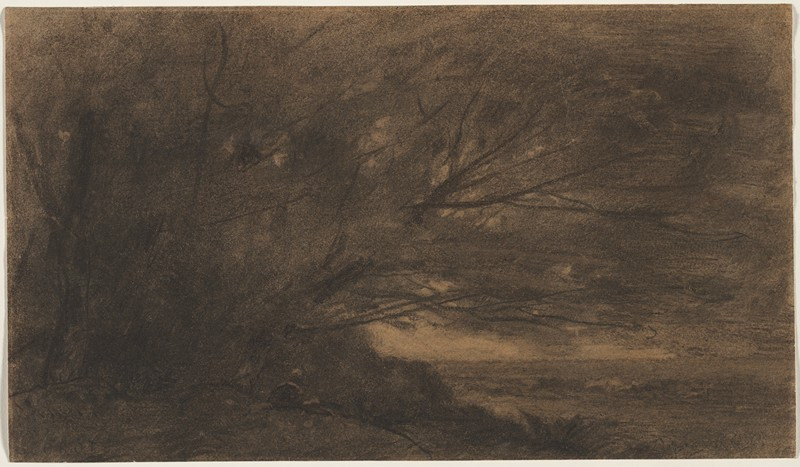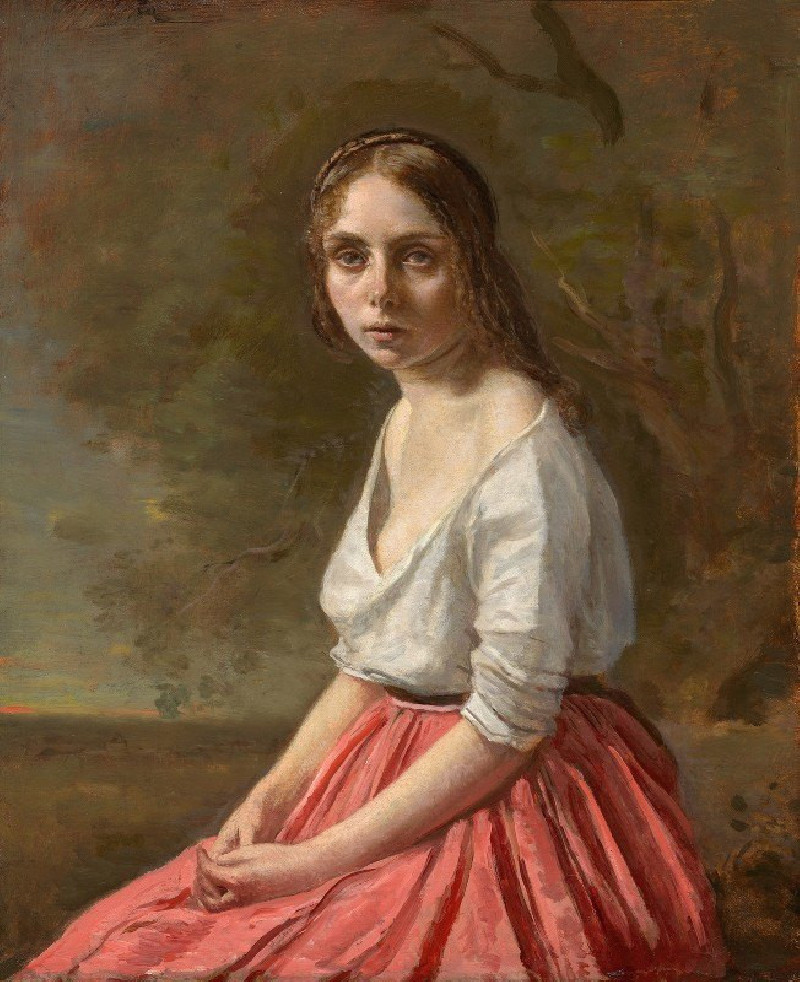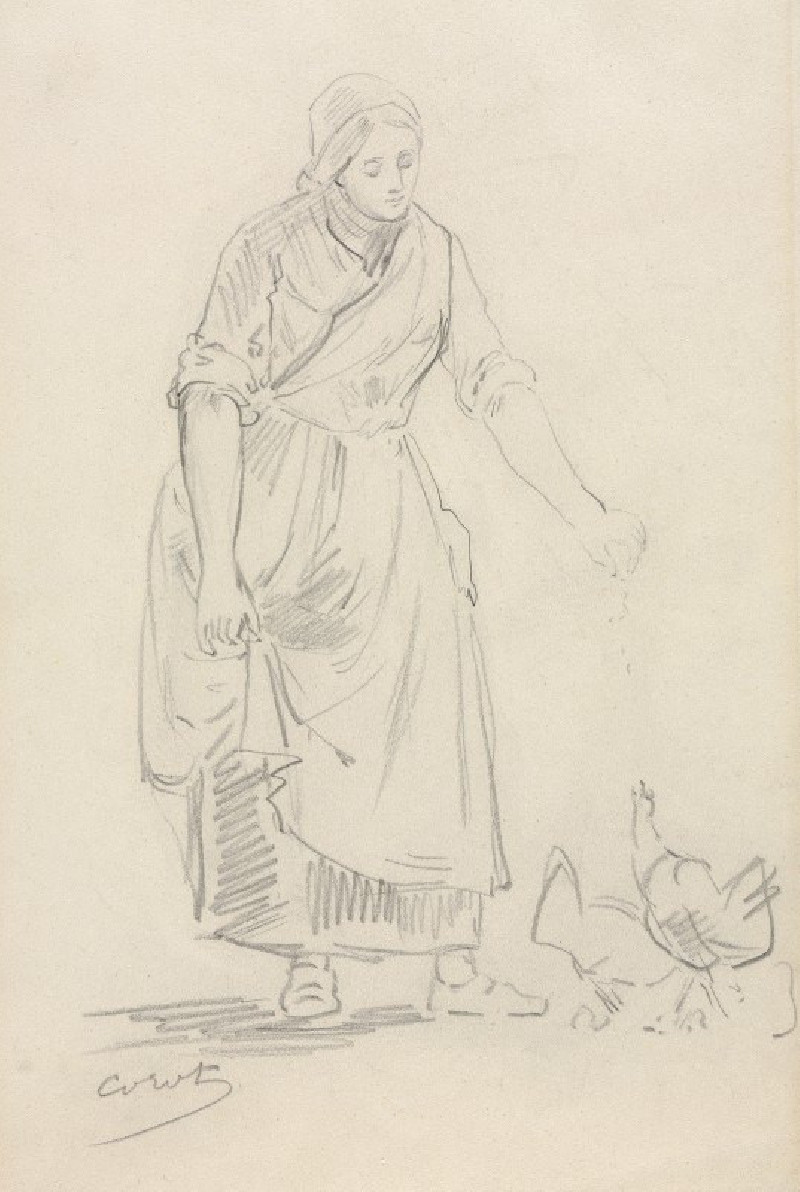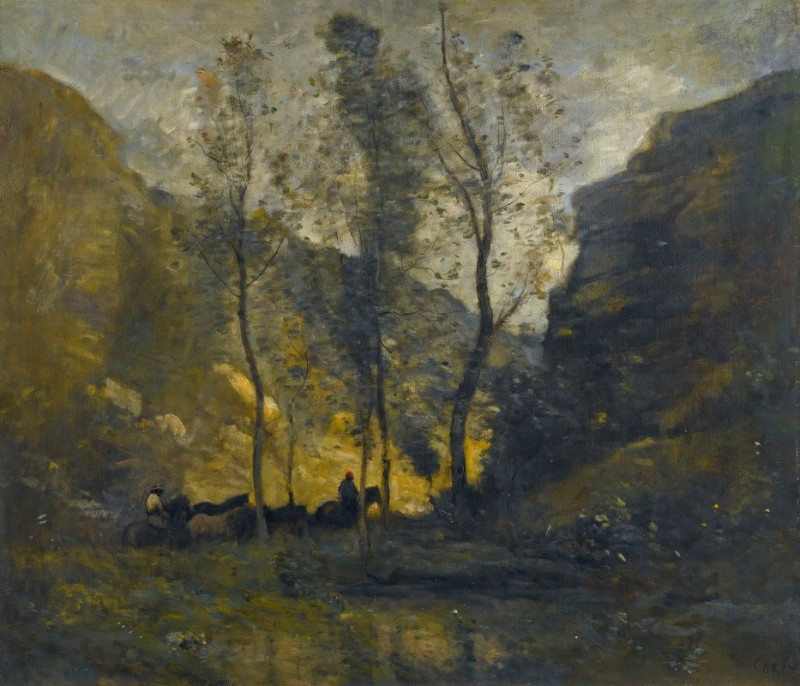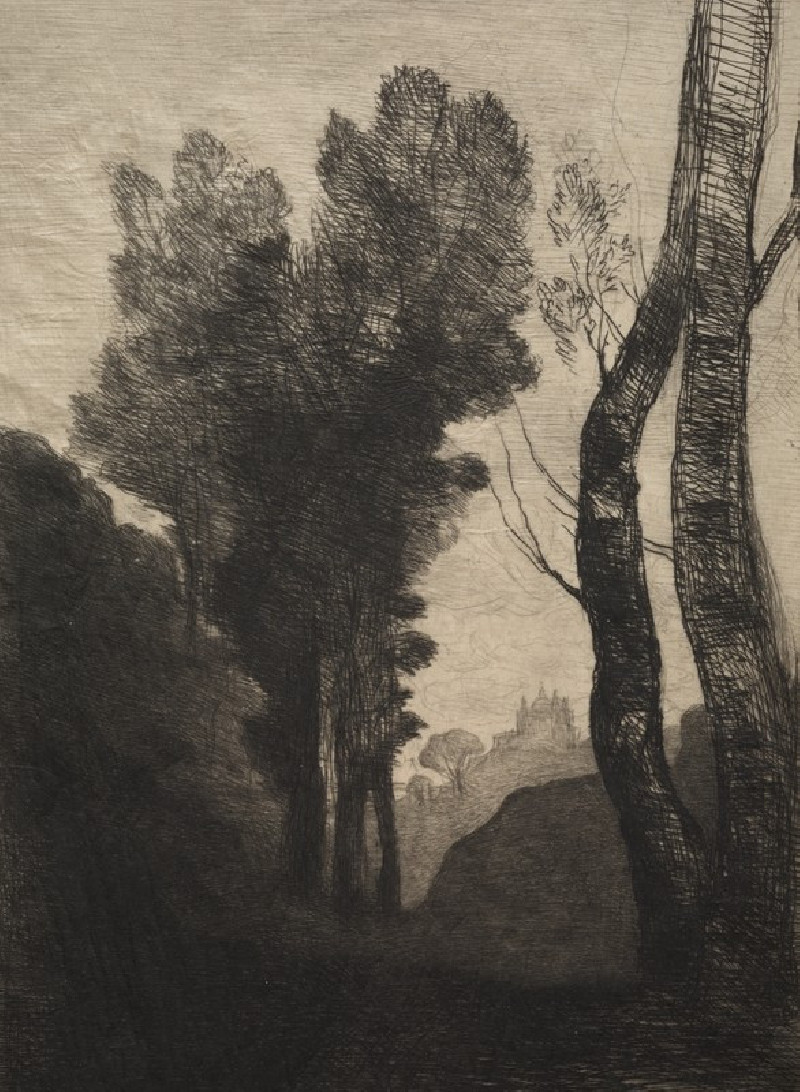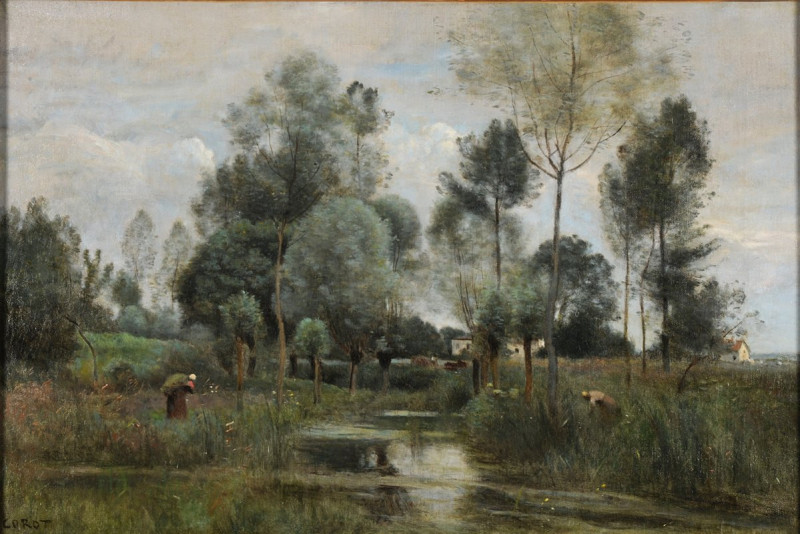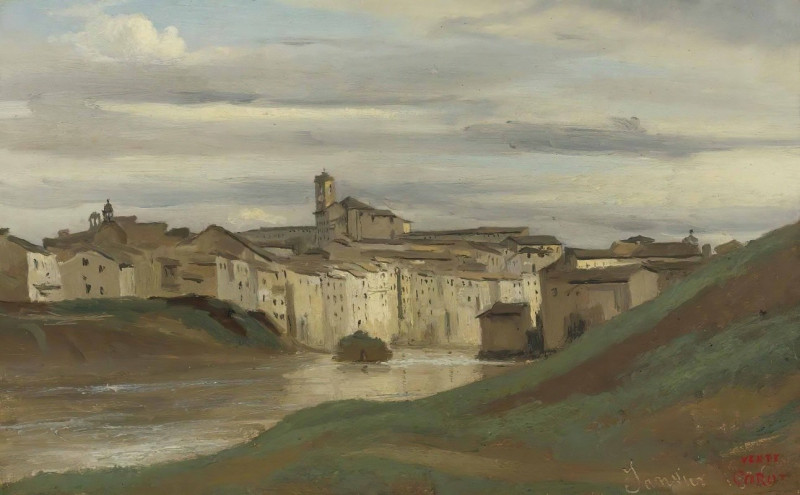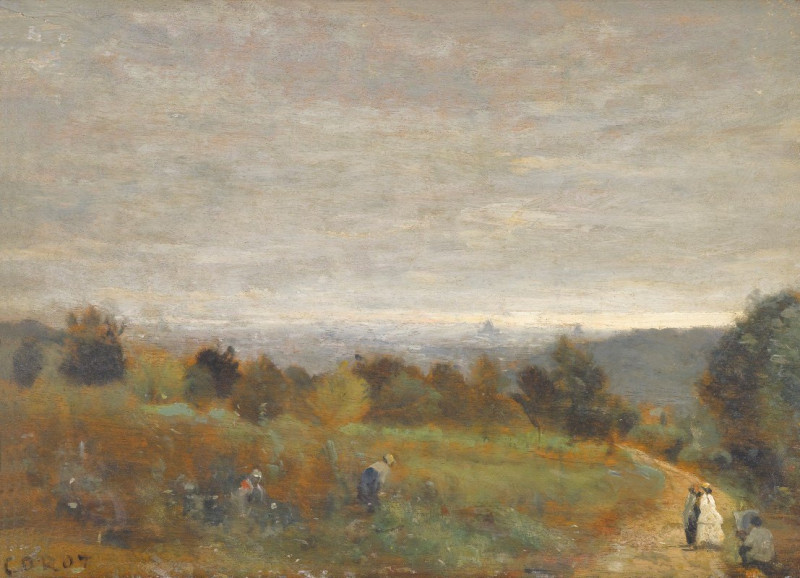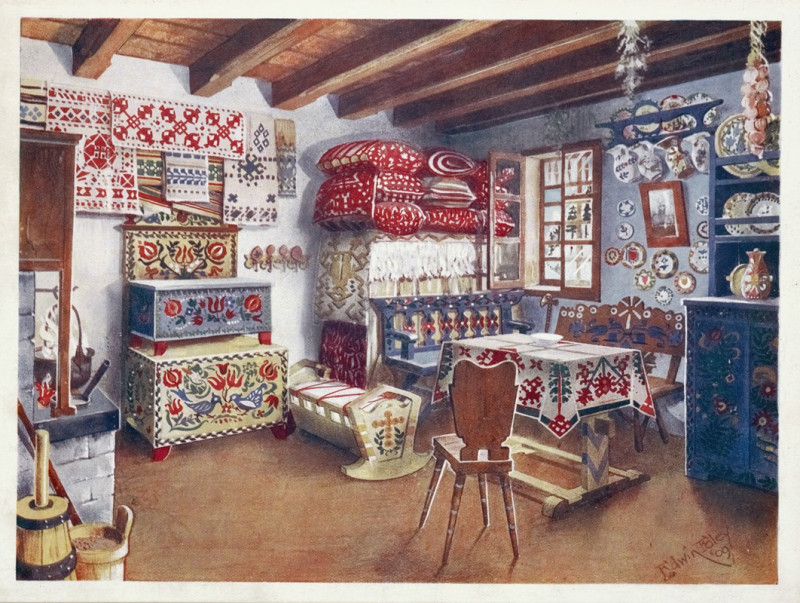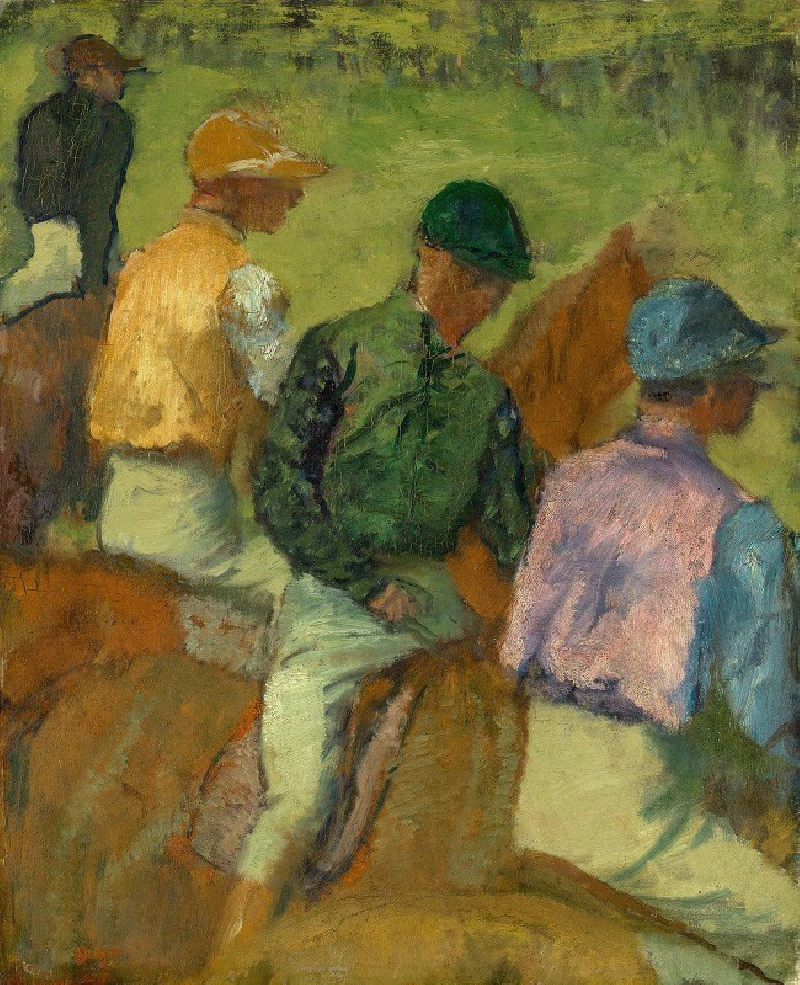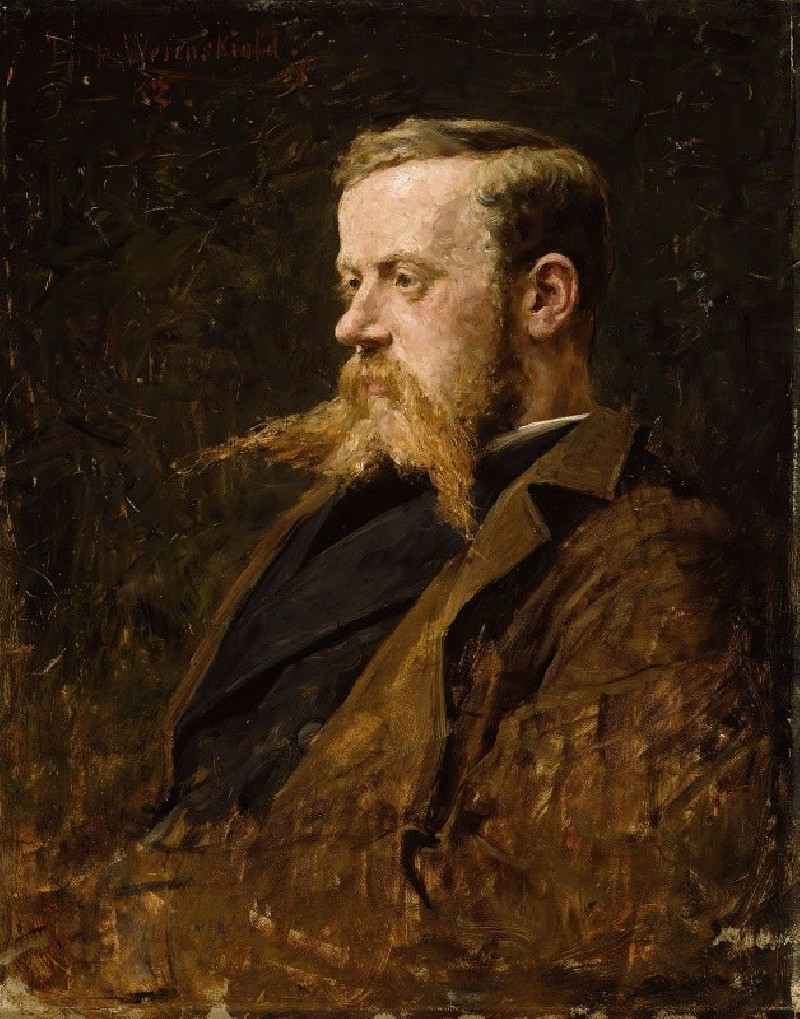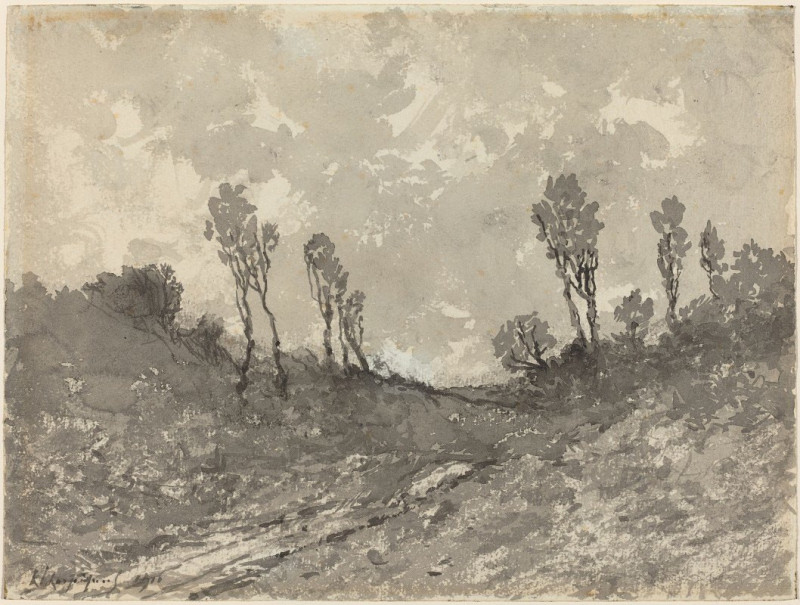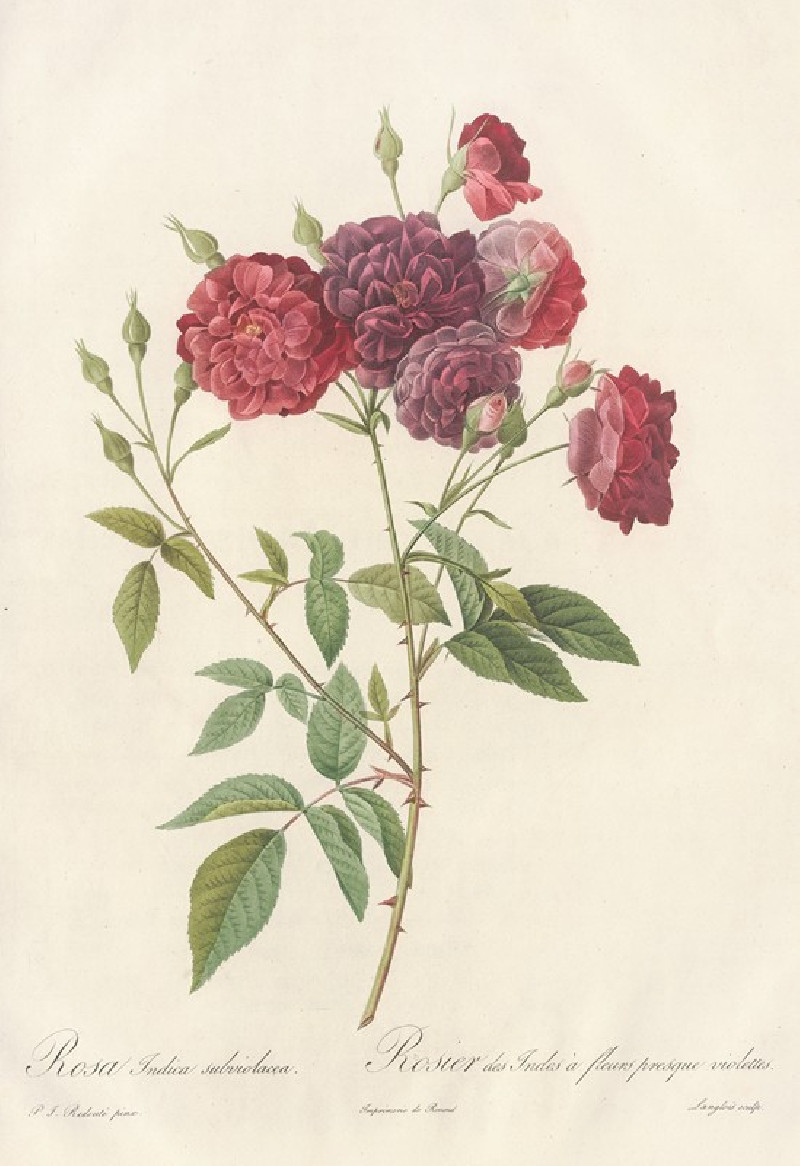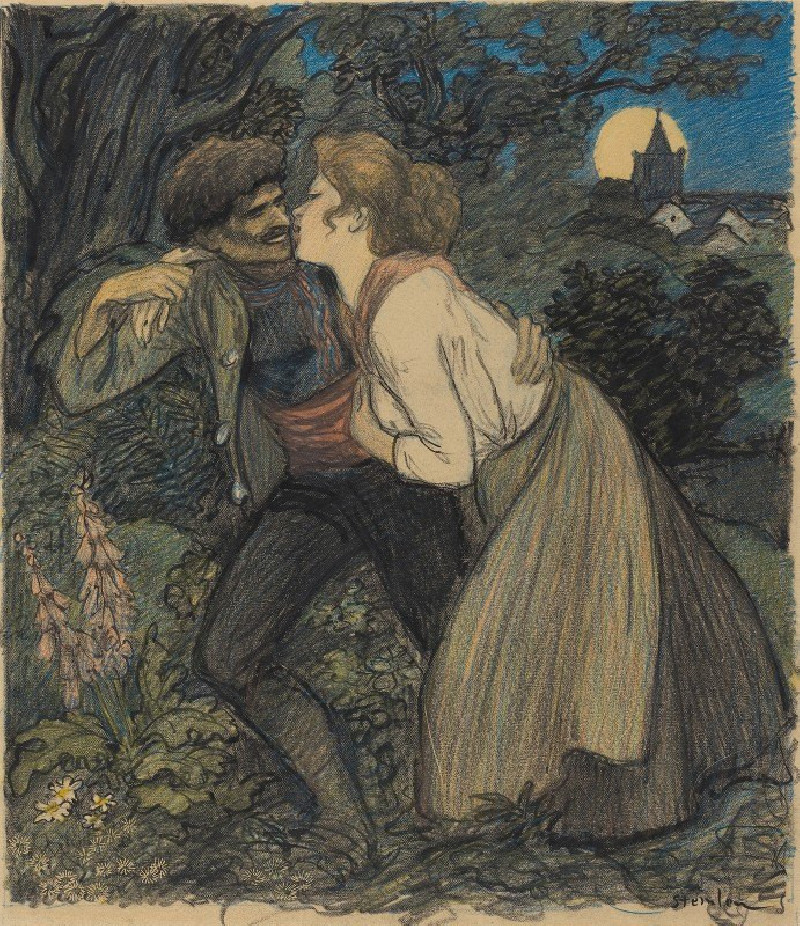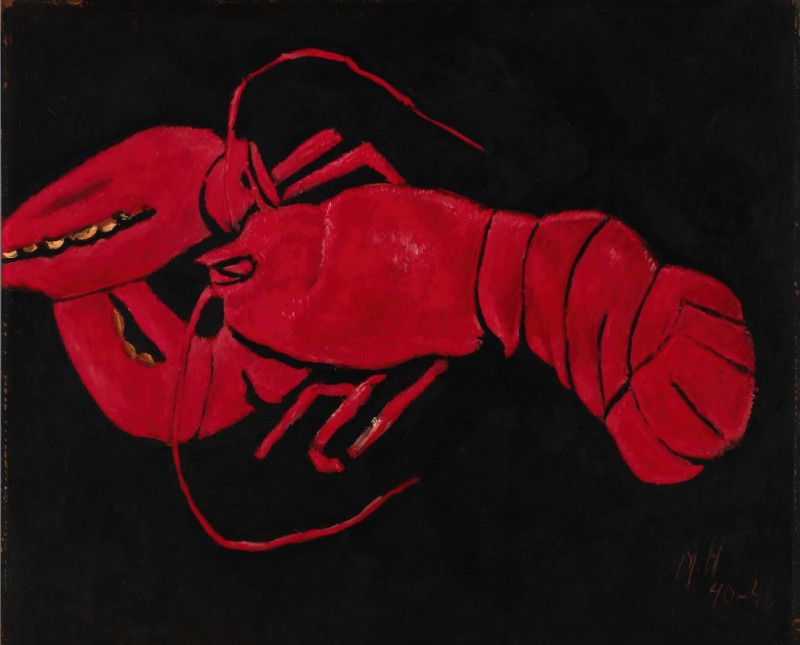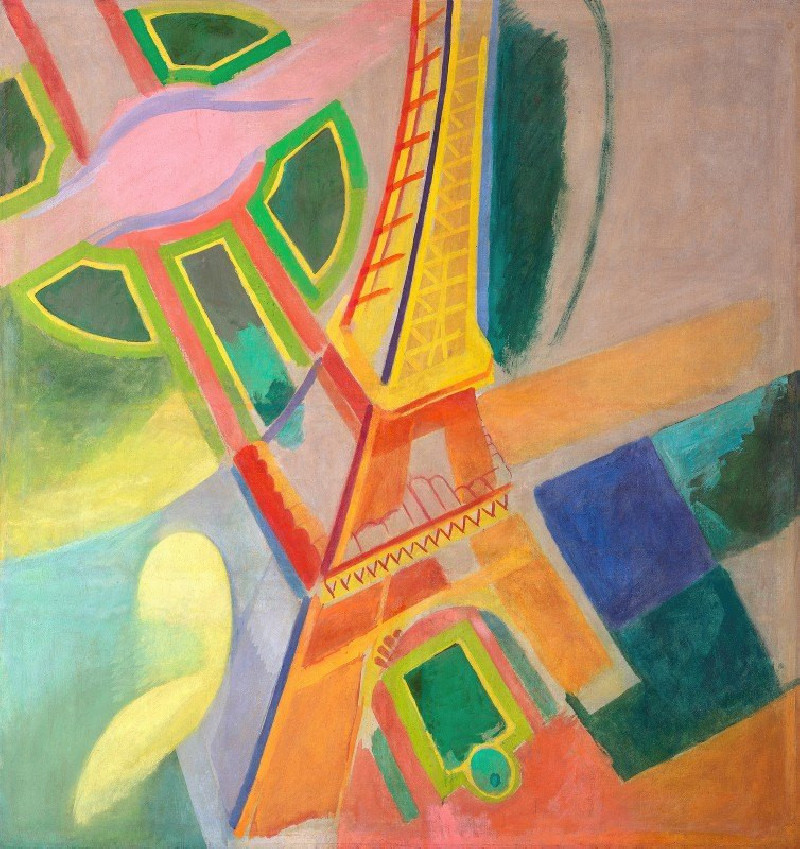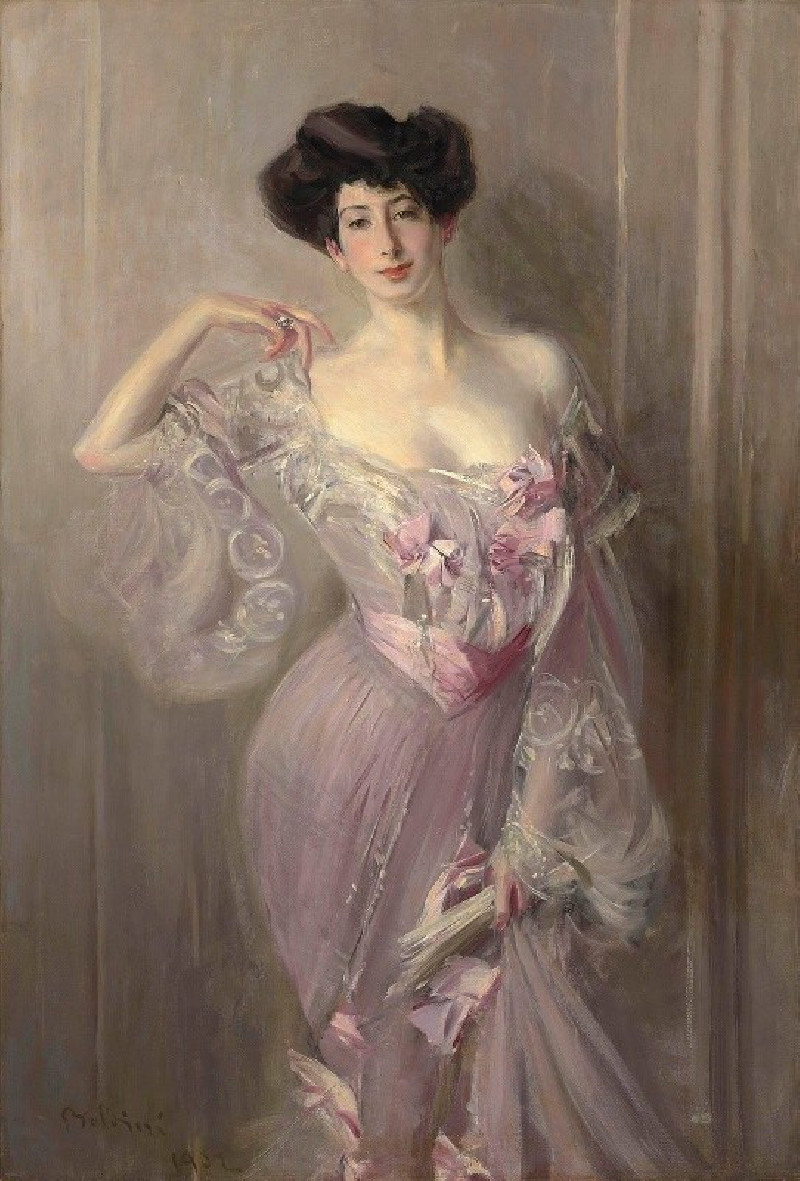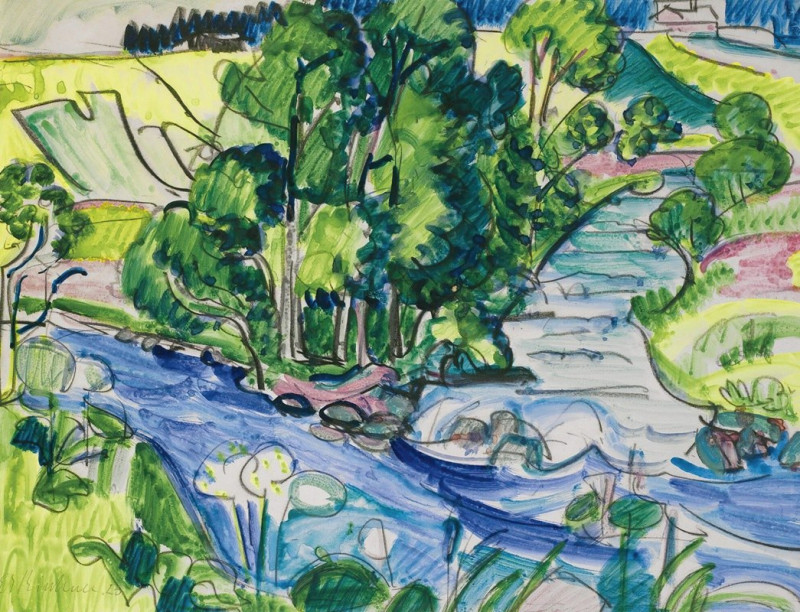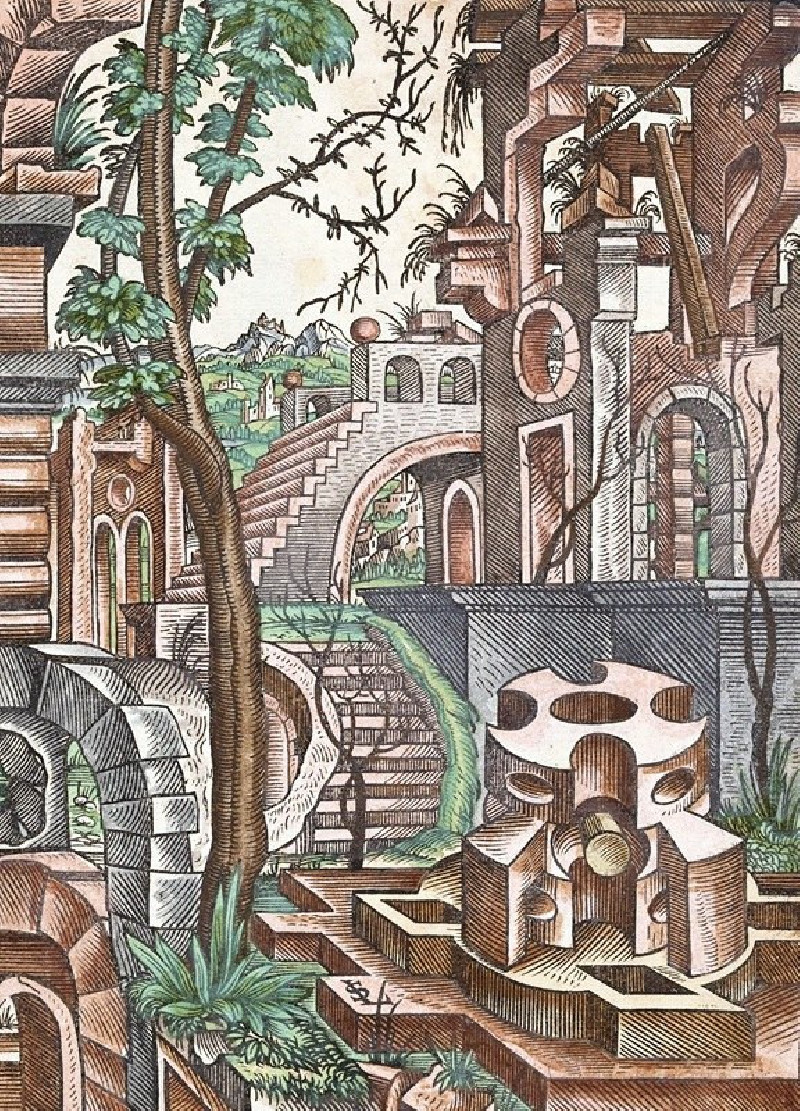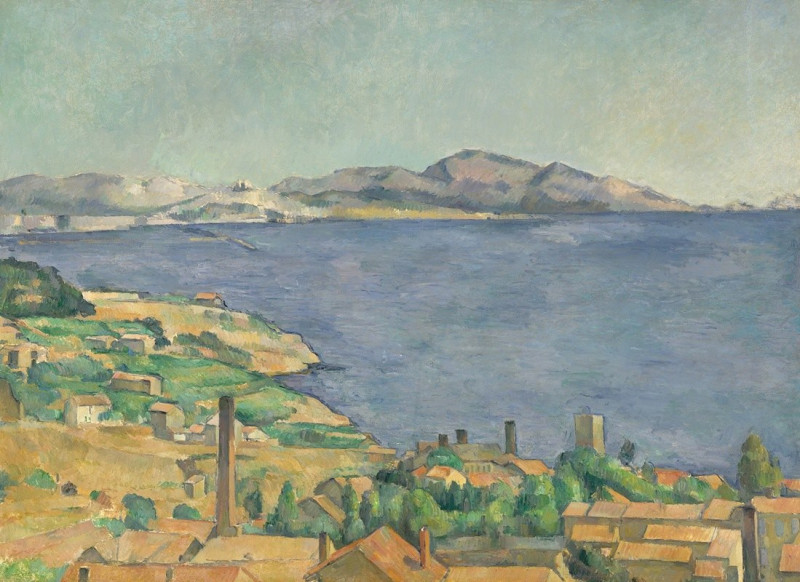Diana and Actaeon (Diana Surprised in Her Bath) (1836)
Technique: Giclée quality print
Recommended by our customers
More about this artwork
Jean-Baptiste-Camille Corot's painting "Diana and Actaeon (Diana Surprised in Her Bath)," completed in 1836, is a masterful exploration of myth, emotion, and nature, all beautifully intertwined within a lush, atmospheric landscape. Set in a serene yet vibrant forest scene, it depicts the delicate moment from ancient Roman mythology when the mortal hunter Actaeon inadvertently stumbles upon the goddess Diana bathing in a secluded pool.The composition is richly layered, with various nymphs and attendants surrounding Diana, who seems caught in the act of emerging from her tranquil bath. The figures are gracefully rendered with subtle hues and expressions of surprise and dismay, particularly evident in Diana, who raises her hand either in a gesture of modesty or in an impending act of retaliation. The foreground shows Diana's attendants in various poses of rest and surprise, and the angular, tense figure of Actaeon on the right, his intrusion upon the sacred scene almost palpable.Corot's skillful use of color and light brings a dreamy quality to this evocative scene. The soft light filtering through the trees enhances the mystical feeling of the encounter and beautifully contrasts with the darker, more shadowed areas of the forest. His attention to detail not only in the figures but in the natural surroundings—from the intricate foliage to the dappled light on the water—creates a compelling, immersive environment that draws the viewer into this ancient narrative."Diana and Actaeon" is a quintessential example of Corot's ability to blend narrative, technique, and emotion, making the mythological scene resonate with contemporary sensibilities without losing its historical essence.
Delivery
Returns
Jean-Baptiste-Camille Corot was a French landscape and portrait painter as well as a printmaker in etching. He is a pivotal figure in landscape painting and his vast output simultaneously references the Neo-Classical tradition and anticipates the plein-air innovations of Impressionism.

